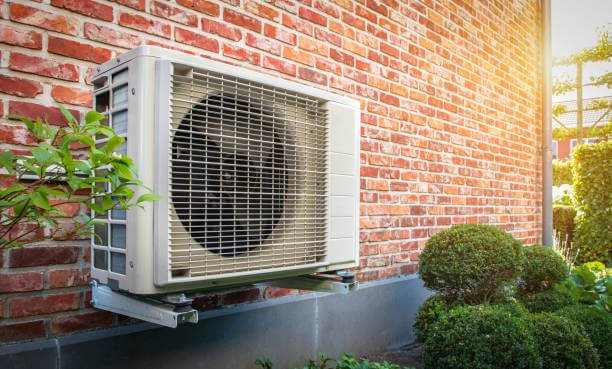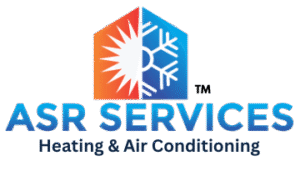Introduction
Mold is a persistent problem for Florida homeowners due to the state’s high humidity levels. Left unchecked, mold can lead to health issues, damage your property, and reduce indoor air quality. Fortunately, your HVAC system can play a significant role in preventing and addressing mold growth.
In this guide, we’ll explain how mold develops in Florida homes, the signs of a mold problem, and how to use your HVAC system to combat it effectively.
What Causes Mold in Florida Homes?
Florida’s warm, humid climate creates the perfect environment for mold growth. Here are the primary contributors:
- High Humidity: Mold thrives when indoor humidity levels exceed 60%.
- Poor Ventilation: Stale air in poorly ventilated spaces allows moisture to accumulate.
- Condensation: HVAC systems can produce condensation, especially if they’re not properly maintained.
- Leaks: Leaky roofs, windows, or ductwork introduce excess moisture into your home.
Proactively managing these factors is the first step to keeping mold at bay.
Signs You Have a Mold Problem
Not sure if mold is an issue in your home? Here are some common warning signs:
- Musty Odors: A persistent, earthy smell often indicates mold.
- Visible Mold: Black, green, or white patches on walls, ceilings, or vents are a clear sign.
- Health Symptoms: Allergic reactions, coughing, or respiratory issues can stem from mold exposure.
- Increased Humidity: Consistently high indoor humidity levels (above 60%) make mold growth likely.
If you notice any of these signs, take action immediately to prevent further damage.
How Your HVAC System Can Help Prevent Mold Growth
Your HVAC system is your first line of defense against mold. Here’s how it can help:
1. Control Humidity Levels
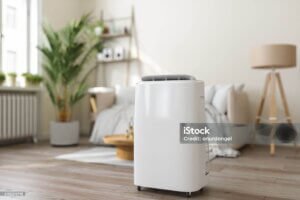
- Dehumidifying Air: Modern HVAC systems often include built-in dehumidification features.
- Adding a Standalone Dehumidifier: For Florida homes, a whole-home dehumidifier integrated with your HVAC system can keep humidity levels between 30%–50%.
Pro Tip: Regularly monitor indoor humidity with a hygrometer to ensure it stays within the optimal range.
2. Improve Air Circulation
Good airflow reduces stagnant, moist air where mold thrives. Ensure:
- Vents and Registers Are Open: Never block air vents with furniture or rugs.
- Ceiling Fans Are Used Effectively: Run fans in a clockwise direction during winter to circulate air.
3. Keep HVAC Components Clean
Dirty HVAC components can harbor mold spores. Regular maintenance includes:
- Cleaning Ductwork: Hire professionals to clean ducts, especially if mold is already present.
- Changing Air Filters: Replace filters every 1–3 months to ensure clean airflow.
- Inspecting the Drain Line: Ensure the condensate drain is unclogged to prevent water buildup.
4. Maintain Proper Temperature Settings
Extreme temperature fluctuations can encourage condensation. Set your thermostat to a steady, moderate temperature to minimize moisture buildup.
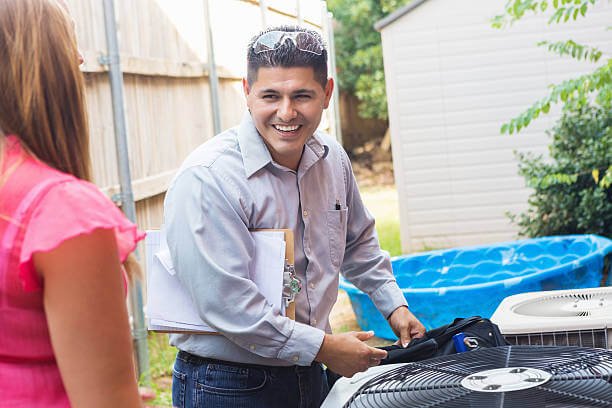
When to Call a Professional
If you suspect mold has taken hold, don’t try to tackle it alone. Call a professional if:
- Mold is visible in HVAC ducts or vents.
- The musty odor persists despite cleaning.
- Health symptoms worsen after time indoors.
At ASR Services, we specialize in HVAC maintenance and repair in Central Florida. Our team can help you address mold-related issues and keep your system in top shape.
 Schedule a Service Today
Schedule a Service Today
Don’t let mold compromise your health or home. Contact ASR Services – Heating & Air Conditioning for professional HVAC maintenance and dehumidification solutions. We proudly serve Ocoee, Orlando, and surrounding areas. Call us today at 4079053660 or visit ASRHVACServices.com to schedule your service.
Frequently Asked Questions
Q: How often should I check my HVAC system for mold?
A: Inspect your system at least twice a year during seasonal maintenance to catch mold issues early.
Q: Can I clean mold from ducts myself?
A: Mold in ducts requires professional cleaning to ensure it is removed safely and effectively.
Q: What’s the ideal indoor humidity level to prevent mold?
A: Keep humidity levels between 30% and 50% for optimal mold prevention.
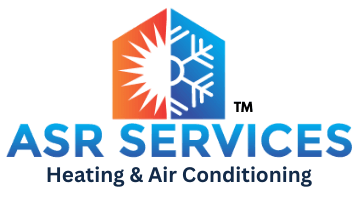
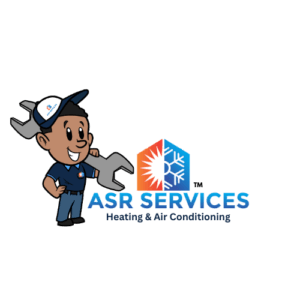
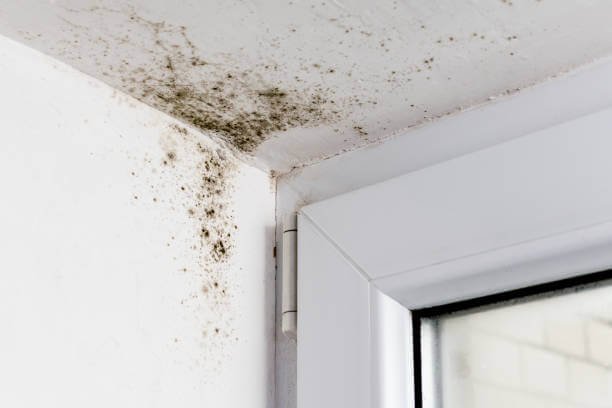
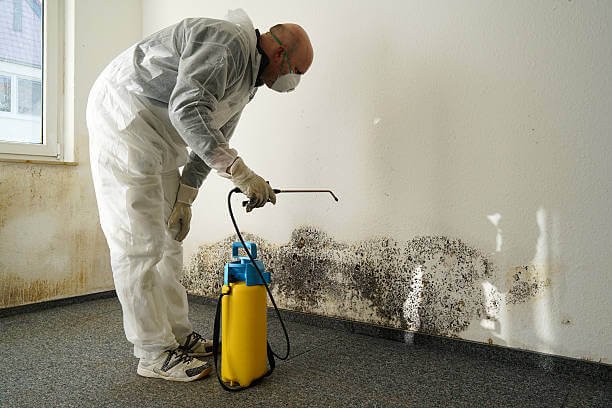
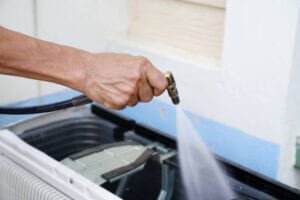
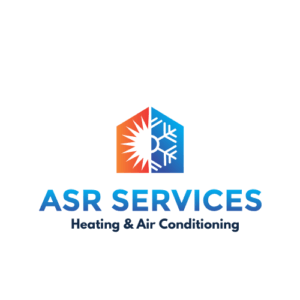 Schedule a Service Today
Schedule a Service Today
